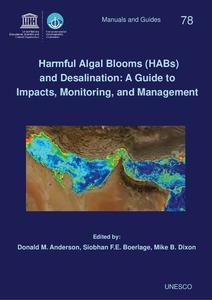Algal biomass pretreatment in Seawater Reverse Osmosis.

View/
Average rating
votes
Date
2017Author
Dixon, Mike B.
Boerlage, Siobhan F.E.
Voutchkov, Nikolay
Henderson, Rita
Wilf, Mark
Zhu, Ivan
Assiyeh Alizadeh Tabatabai, S.
Amato, Tony
Resosudarmo, Adhikara
Pearce, Graeme K.
Kennedy, Maria
Schippers, Jan C.
Winters, Harvey
Status
Published
Metadata
Show full item recordAbstract
Harmful algal blooms (HABs) can result in a substantial increase in the organic and solids
load in the seawater feed to be treated at a desalination plant. In this chapter, the removal of
this material is addressed in the context of the multi-barrier treatment process for seawater
reverse osmosis (SWRO) as presented in Chapter 8 on risk management for HAB events.
While this chapter covers removal of non-toxic material, Chapter 10 builds upon these
principles and discusses the mechanisms and effectiveness for each barrier with respect to
toxin removal. This chapter covers only the main barriers used in the SWRO desalination
plants for HAB bloom risk mitigation, though the authors acknowledge that other niche
treatment barriers exist in SWRO systems. The treatment processes discussed here are
chlorination and dechlorination, dissolved air flotation (DAF), granular media filtration
(GMF), microscreens for microfiltration/ultrafiltration (MF/UF), MF/UF itself, cartridge
filtrati.....
Title of Report
Harmful Algal Blooms (HABs) and Desalination: a Guide to Impacts, Monitoring and Management.Editor(s) of Report
Anderson, D.M.Boerlage, S.F.E.
Dixon, M.B.
Page Range
pp.251-314Publisher
Intergovernmental Oceanographic Commission of UNESCOParis, France
Series;Nr
Intergovernmental Oceanographic Commission Manuals and Guides;78Document Language
enSustainable Development Goals (SDG)
14.1Best Practice Type
ManualCitation
Dixon, Mike B.; Boerlage, Siobhan F.E.; Voutchkov, N.; Henderson, R.; Wilf, M.; Zhu, I.; Assiyeh Alizadeh Tabatabai, S.; Amato, T.; Resosudarmo, A.; Pearce, G. K.; Kennedy, M.; Schippers, J.C. and Winters, H. (2017) Algal biomass pretreatment in Seawater Reverse Osmosis. In: Harmful Algal Blooms (HABs) and Desalination: A Guide to Impacts, Monitoring and Management. (eds. Anderson D. M.; Boerlage, S. F. E. and Dixon, M.B.) Paris, France, Intergovernmental Oceanographic Commission of UNESCO, pp.253-314 (IOC Manuals and Guides No. 78). DOI: http://dx.doi.org/10.25607/OBP-314Collections
 Repository of community practices in Ocean Research, Applications and Data/Information Management
Repository of community practices in Ocean Research, Applications and Data/Information Management